Twilio vs Sinch: Which Platform is Right for You?
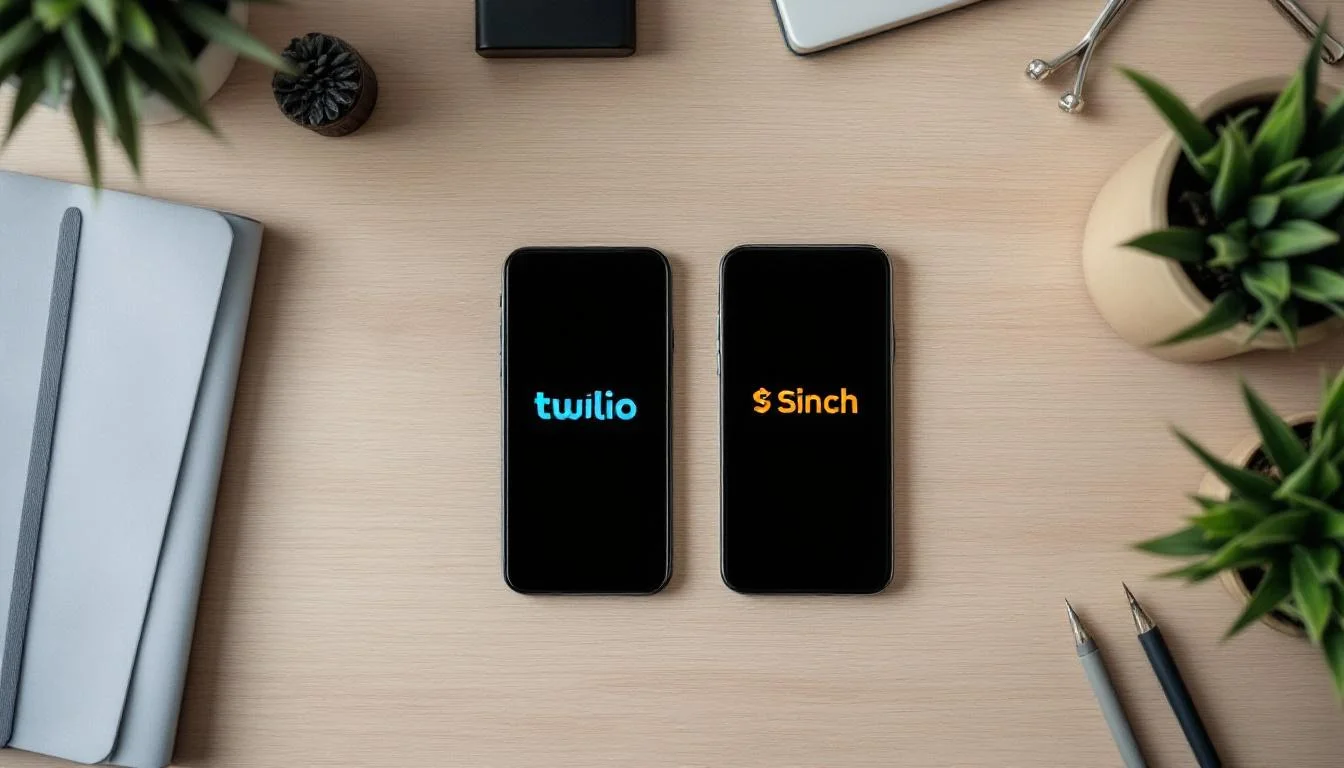
At Drop Cowboy, we understand the importance of choosing the right communication platform for your business. When it comes to Twilio vs Sinch, two leading players in the industry, making the right decision can significantly impact your operations.
In this post, we’ll compare these platforms, examining their features, pricing, and capabilities to help you determine which one best suits your needs.
What is Twilio?
Twilio’s Origins and Evolution
Twilio, established in 2008, has transformed into a leader in cloud communications. This San Francisco-based company has redefined business-customer interactions through its innovative communication APIs.
Core Offerings and Features
Twilio’s suite of programmable communication tools forms the backbone of its offerings. These include SMS, voice, video, and email capabilities. The platform’s strength lies in its flexibility – developers can seamlessly integrate these communication features into their applications using Twilio’s APIs.
The Programmable Voice API stands out as a flagship feature. It enables businesses to make and receive phone calls, create interactive voice response (IVR) systems, and even transcribe calls in real-time. Twilio’s 2022 annual report revealed that their platform processed over 1 trillion interactions that year, highlighting the massive scale of their operations.
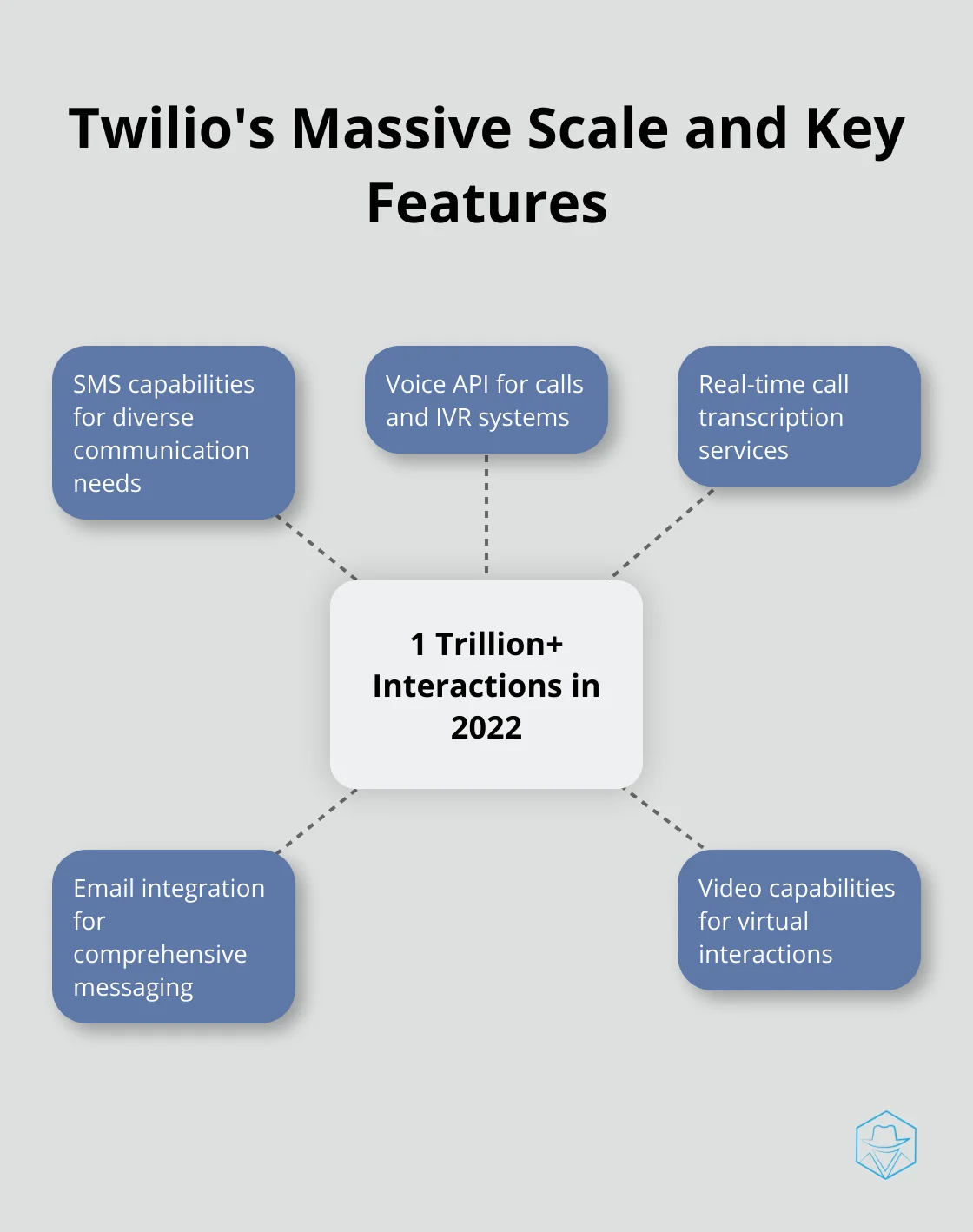
Target Industries and Use Cases
Twilio serves a diverse range of industries, from startups to large enterprises. The healthcare sector utilizes Twilio for appointment reminders and telemedicine consultations. E-commerce companies harness Twilio’s SMS capabilities for order notifications and customer support.
Uber (a notable example) uses Twilio to facilitate communication between drivers and riders without exposing personal phone numbers. This showcases Twilio’s ability to address complex communication challenges at scale.
Developer-Centric Approach
Twilio’s developer-friendly ecosystem sets it apart from competitors. The platform supports multiple programming languages (including Python, Ruby, and JavaScript), making it accessible to a wide range of developers. Extensive documentation and a large developer community contribute to its popularity among tech-savvy businesses.
This developer-centric approach, however, can be a double-edged sword. While it offers great flexibility, it may present a steeper learning curve for non-technical users compared to more user-friendly platforms (like Drop Cowboy, which excels in ease of use).
Pricing Model and Global Reach
Twilio operates on a pay-as-you-go model, charging $0.0075 per SMS sent. This pricing structure can benefit businesses with lower volumes, but costs can quickly escalate for high-volume users. Businesses must carefully estimate their usage to avoid unexpected expenses.
In terms of international coverage, Twilio supports communications in over 180 countries. This extensive network positions it as a strong choice for businesses with global operations or expansion plans.
As we shift our focus to Sinch, another major player in the communication platform space, it’s important to consider how its offerings compare to Twilio’s developer-centric approach and global reach.
What Sets Sinch Apart in the Communication Platform Landscape?
A Comprehensive Communication Suite
Sinch, founded in 2008 and based in Stockholm, Sweden, has quickly become a major player in the global communications platform market. The company focuses on mobile-first solutions, offering businesses robust and scalable communication tools.
Sinch’s strength lies in its diverse range of communication services. The platform provides SMS, voice, video, and verification solutions that integrate into existing business systems. Sinch’s SMS API supports quick phone number verification and enhances user engagement through in-app messaging. This versatility allows businesses to create multi-channel communication strategies tailored to their specific needs.
A standout feature is Sinch’s Voice SDK, which enables global video calling capabilities. This tool has become increasingly valuable as remote work and virtual customer interactions have grown. Sinch’s internal data shows that their platform has connected over 2 billion voice minutes annually, demonstrating its significant reach in mobile communications.
Global Reach and Scalability
Sinch’s global presence sets it apart from competitors. The company operates in 196 countries, providing a robust infrastructure for international communications. This extensive network makes Sinch an attractive option for businesses with global ambitions or those serving a diverse, international customer base.
The platform’s scalability is another notable strength. As businesses grow, Sinch can accommodate increased communication needs without compromising performance. This scalability, combined with Sinch’s flexible pricing model (which charges only for services used), offers a cost-effective solution for businesses of all sizes.
Industry-Specific Solutions
Sinch caters to a wide array of industries, each with unique communication requirements. In the financial sector, Sinch’s verification services help banks and fintech companies enhance security measures. E-commerce businesses use Sinch’s SMS capabilities for order notifications and customer support, improving the overall shopping experience.
The telecommunications industry constitutes a significant portion of Sinch’s user base (17.2% of its users come from this sector). This specialization has allowed Sinch to develop deep expertise in addressing the complex communication needs of telecom companies.
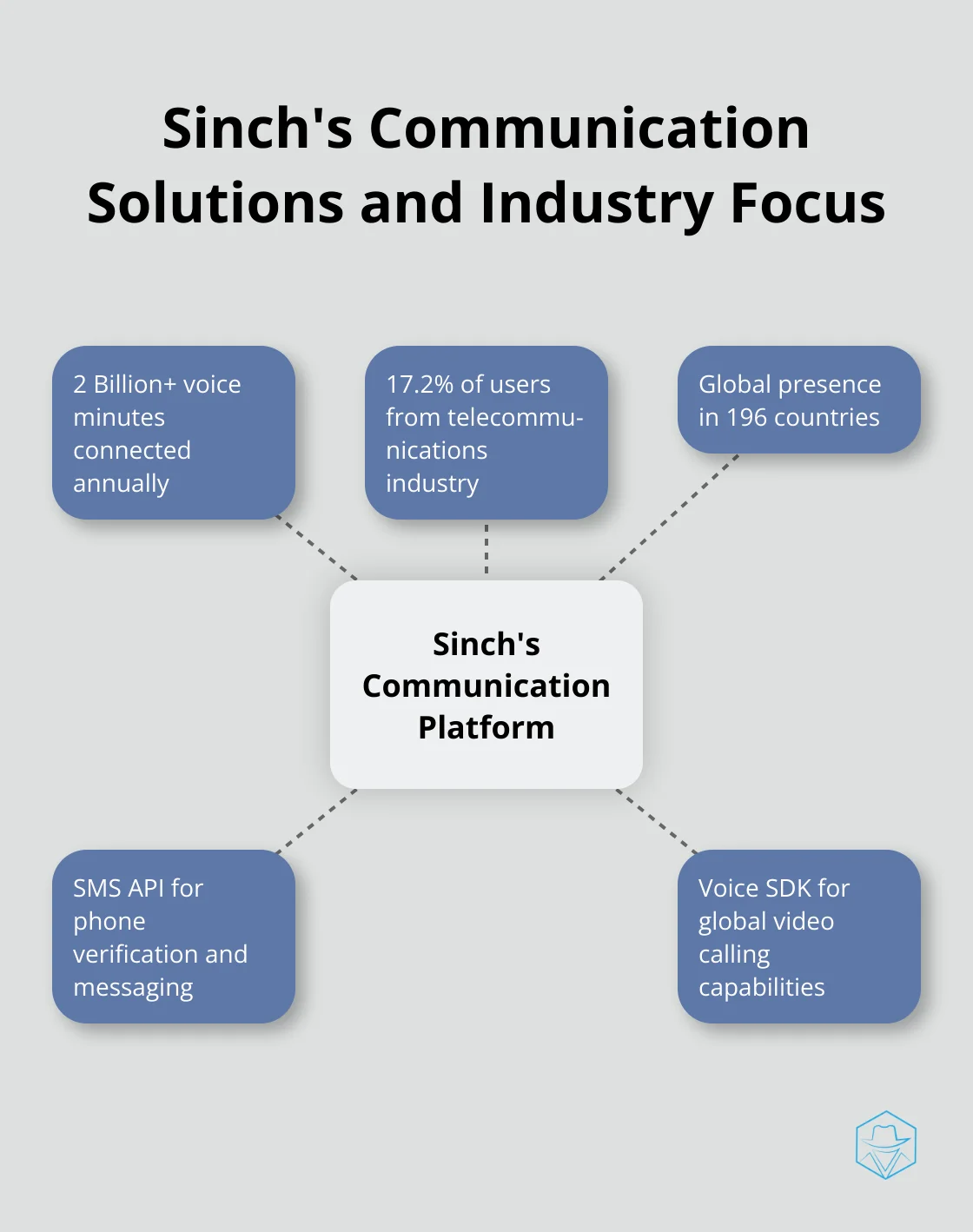
While Sinch offers powerful solutions across various industries, businesses that prioritize ease of use and straightforward implementation might find other platforms more suitable. For example, Drop Cowboy’s user-friendly interface and specialized features (like ringless voicemail) provide a more tailored solution for specific marketing and communication needs.
As we move forward to compare Twilio and Sinch directly, we’ll examine how these platforms stack up in terms of pricing, ease of use, and other critical factors that can influence your decision.
How Do Twilio and Sinch Compare?
When businesses choose between Twilio and Sinch, they must consider several key factors. This chapter breaks down how these two communication giants compare in crucial areas.
Pricing and Cost-Effectiveness
Twilio and Sinch use usage-based pricing models, but their structures differ. Twilio charges $0.0079 per SMS sent, while Sinch’s rate is slightly lower. For high-volume senders, this small difference can accumulate quickly.
Both platforms charge $1 per month for dedicated numbers. However, Sinch has received criticism for unexpected price increases, which can disrupt business budgets.
Twilio’s pricing offers more transparency and predictability, aiding in budget planning. However, costs can rise rapidly for high-volume users. Sinch’s flexible model (which charges only for services used) may benefit businesses with fluctuating communication needs.
Developer Experience and Ease of Use
Twilio excels in its developer-friendly approach. It supports multiple programming languages (including C#, Java, Node.js, PHP, Python, Ruby, and Go). This versatility appeals to developers who prefer working in their chosen language.
Sinch, while also developer-oriented, presents a steeper learning curve for those without strong programming skills. However, Sinch’s SDKs (developed by a team with over 100 years of combined voice industry experience) offer robust and reliable tools.
API Capabilities and Integrations
Both Twilio and Sinch provide powerful APIs, but they shine in different areas. Twilio’s API is known for its simplicity and power, making it accessible for developers. It supports over 393 backend/database application integrations, demonstrating its versatility in cloud communications.
Sinch’s API, while robust, excels in areas like dynamic templates, rich media messaging, and conversational messaging. These features can significantly enhance user engagement.
Twilio’s API Call Speed score of 8.3 on G2 slightly surpasses Sinch’s 8.1, indicating faster real-time communication capabilities. However, Sinch’s broader SDK support (including environments like Unity for game development) gives it an advantage for certain specialized applications.
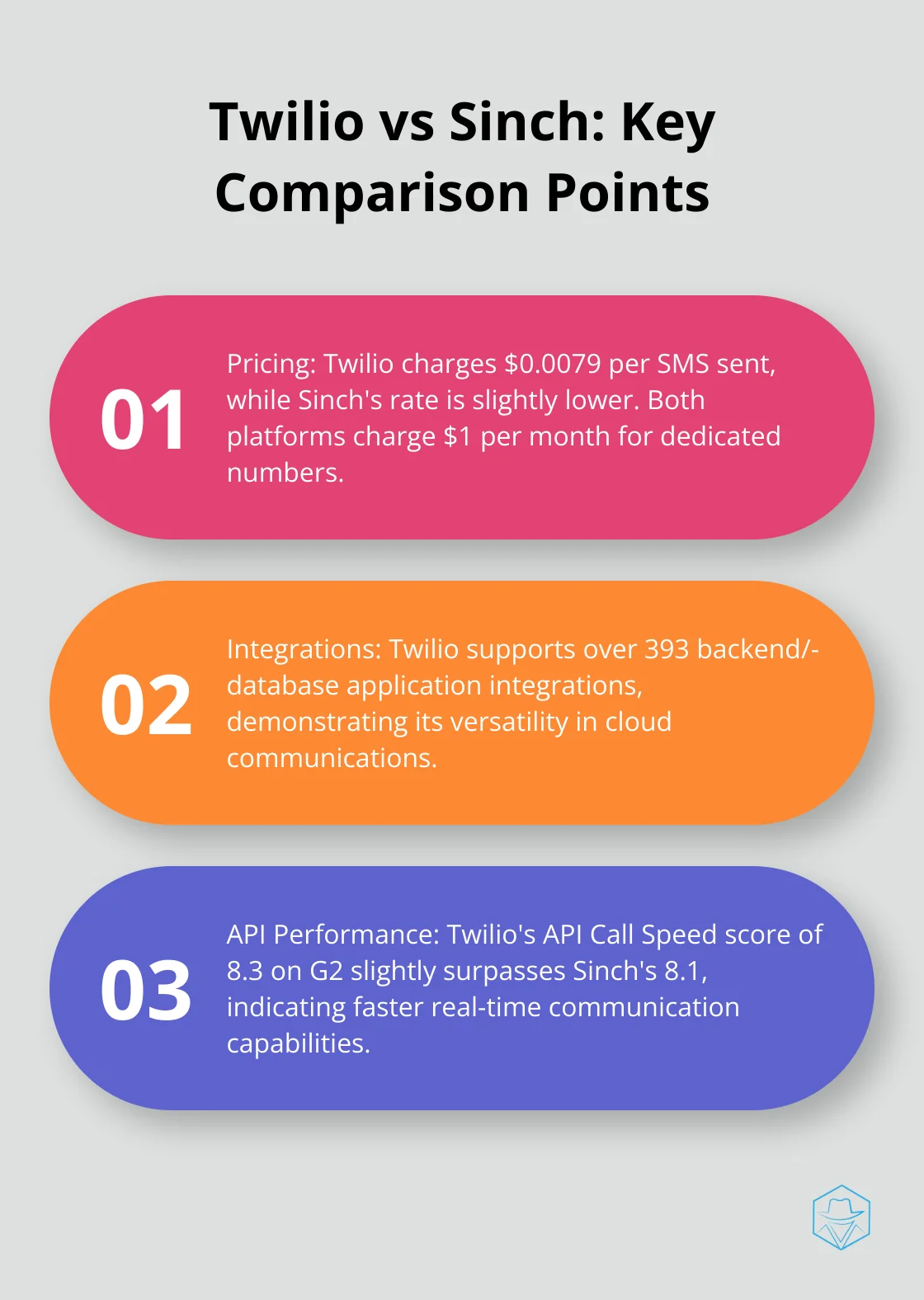
Global Reach and Network Coverage
Both platforms offer extensive global coverage, but Sinch has a slight edge. Sinch has coverage in numerous countries, while Twilio covers more than 180. This makes Sinch a particularly strong choice for businesses with truly global operations (or those planning significant international expansion).
Sinch’s global network ensures robust coverage, allowing seamless connections with customers worldwide. This extensive reach particularly benefits businesses in the telecommunications industry (which constitutes 17.2% of Sinch’s user base).
Customer Support and Documentation
Twilio scores higher in documentation quality, with a G2 score of 7.8 compared to Sinch’s 7.0. This comprehensive documentation significantly advantages developers integrating Twilio’s APIs.
However, Sinch receives recognition for its excellent customer support and fast response times. Users rate Sinch’s account management team as highly responsive and helpful with inquiries.
Twilio’s Quality of Support score on G2 is 8.0, demonstrating its reputation for a responsive support team. However, some users have requested improved support, particularly for smaller businesses seeking guidance.
Final Thoughts
Twilio vs Sinch presents a choice between two robust communication platforms. Twilio excels in developer-friendly approaches, extensive documentation, and wide-ranging integrations. Sinch stands out with its global reach, scalability, and industry-specific solutions, particularly in telecommunications.
Your business needs will determine the best platform for you. Twilio might suit companies with strong technical teams, while Sinch could benefit those prioritizing global reach and scalability. Both platforms have limitations, such as Twilio’s potentially high costs for volume users and Sinch’s steeper learning curve for non-technical users.
For a user-friendly alternative that maintains functionality, consider Drop Cowboy. It offers unique tools like ringless voicemail and SMS integration, focusing on compliance and cost-effectiveness. Your specific communication needs, technical capabilities, and business goals should guide your final decision.
blog-dropcowboy-com
Related posts

May 29, 2025
How Much Does Trello Cost? Pricing Plans Explained
Explore Trello cost options! Understand pricing plans to make informed decisions for your team and maximize productivity efficiently.

August 4, 2025
Can you call someone’s voicemail directly
Learn how to call someone’s voicemail directly and explore features that can streamline your communications efficiently with Drop Cowboy.

March 28, 2025
B2B Marketing Automation: Best Practices and Tips
Boost efficiency with B2B marketing automation tips. Discover top practices to supercharge campaigns and drive business growth effectively.

April 22, 2025
Marketing Automation for Salesforce: A Complete Guide
Explore marketing automation for Salesforce with our complete guide. Boost efficiency, integrate seamlessly, and elevate your customer engagement strategy.

April 5, 2025
Choosing the Right Marketing Automation Course
Find the best marketing automation course with practical tips for success. Boost your skills and stay ahead in the evolving digital landscape.
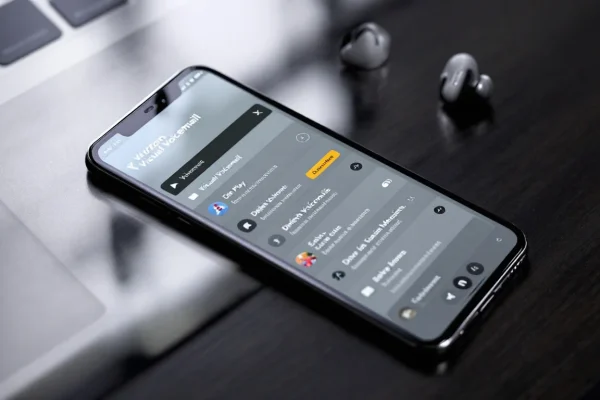
May 13, 2025
Verizon’s Visual Voicemail App: Features and Benefits
Explore the Visual Voicemail Verizon app to streamline your messages with ease. Discover features and benefits that enhance communication efficiency.